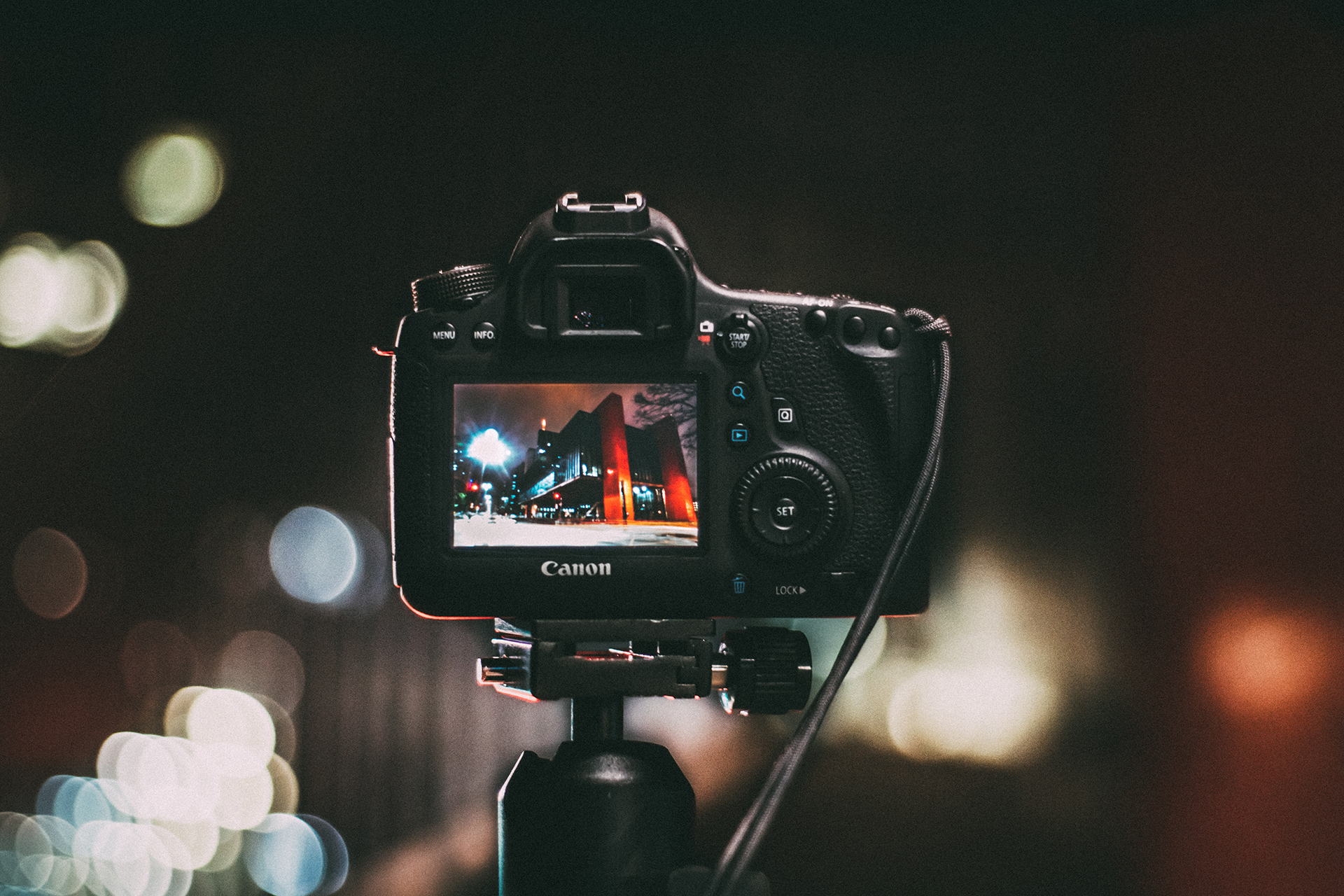In today’s digital age, where visual content plays a significant role in grabbing attention, incorporating images into your print projects can enhance their overall impact. However, before you rush to add images to your next print project, there are a few important things you should know to ensure that you achieve the best results. In this article, we will discuss five key factors you need to consider before using images in your print materials.
Table of Contents
- Understanding Image Resolution
- Choosing the Right File Format
- Proper Image Sizing and Cropping
- Color Management and Calibration
- Copyright and Usage Rights
Understanding Image Resolution
Image resolution refers to the number of pixels contained in an image. It determines the level of detail and clarity of the image when printed. For high-quality prints, it is crucial to use images with a resolution of at least 300 dots per inch (DPI). This ensures that the printed image appears sharp and crisp, without any pixelation or blurriness.
Choosing the Right File Format
Different file formats are suitable for different types of images and printing purposes. Two common file formats used for print projects are JPEG and TIFF. JPEG is a compressed format that works well for photographs and complex images. On the other hand, TIFF is a lossless format that preserves all the image data and is ideal for high-quality prints, such as those used in professional graphic design projects. Understanding the strengths and limitations of each file format will help you make the right choice for your print project.
Proper Image Sizing and Cropping
Before incorporating an image into your print project, it is important to ensure that it is sized appropriately. This involves considering the dimensions of the image in relation to the layout of your print material. It is recommended to use image editing software to resize and crop images to fit the desired space without distorting their proportions. This step will help you achieve a balanced and visually appealing design.
Color Management and Calibration
Color accuracy is crucial in print projects, as colors can vary significantly between digital screens and print materials. To ensure that the colors in your images appear as intended, it is essential to calibrate your monitor and use color management techniques. Color calibration involves adjusting your monitor’s settings to match industry standards, allowing you to accurately preview how the colors will look when printed. Additionally, using color profiles and working with a professional printing service can help ensure consistent and accurate color reproduction.
Copyright and Usage Rights
When using images in your print project, it is important to consider copyright and usage rights. It is illegal to use copyrighted images without proper permission or licensing. To avoid any legal issues, make sure to use images that you have the rights to use, either by creating them yourself, purchasing stock images, or obtaining permission from the original creators. This will help you avoid copyright infringement and ensure that you are using images ethically.
Conclusion
Incorporating images into your print projects can significantly enhance their visual appeal and impact. By considering factors such as image resolution, file formats, sizing and cropping, color management, and copyright and usage rights, you can ensure that your print materials stand out and deliver the intended message effectively. Remember to pay attention to the details and invest in high-quality images to achieve the best results for your next print project.
FAQs (Frequently Asked Questions)
- Can I use images from the internet for my print projects? No, using images from the internet without proper permission or licensing can lead to copyright infringement. It is important to use images that you have the rights to use.
- What is the ideal image resolution for print projects? For high-quality prints, it is recommended to use images with a resolution of at least 300 DPI (dots per inch).
- Which file format is best for print projects? JPEG and TIFF are commonly used file formats for print projects. JPEG works well for photographs, while TIFF is ideal for high-quality prints and professional graphic design projects.
- How can I ensure accurate color reproduction in my print projects? Calibrating your monitor, using color profiles, and working with a professional printing service can help ensure accurate color reproduction in your print projects.
- Where can I find high-quality images for my print projects? You can find high-quality images for your print projects through stock image websites or by hiring a professional photographer or graphic designer.

